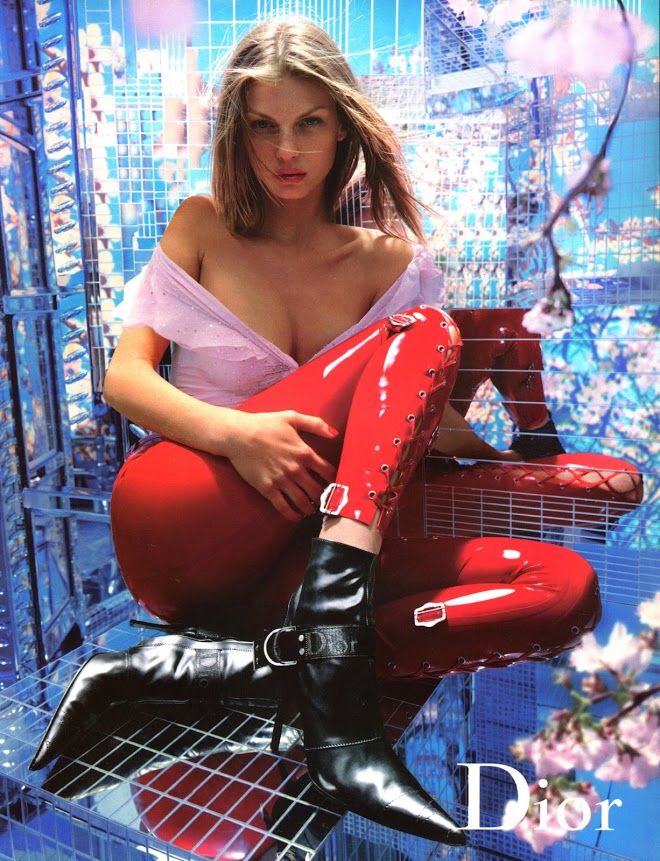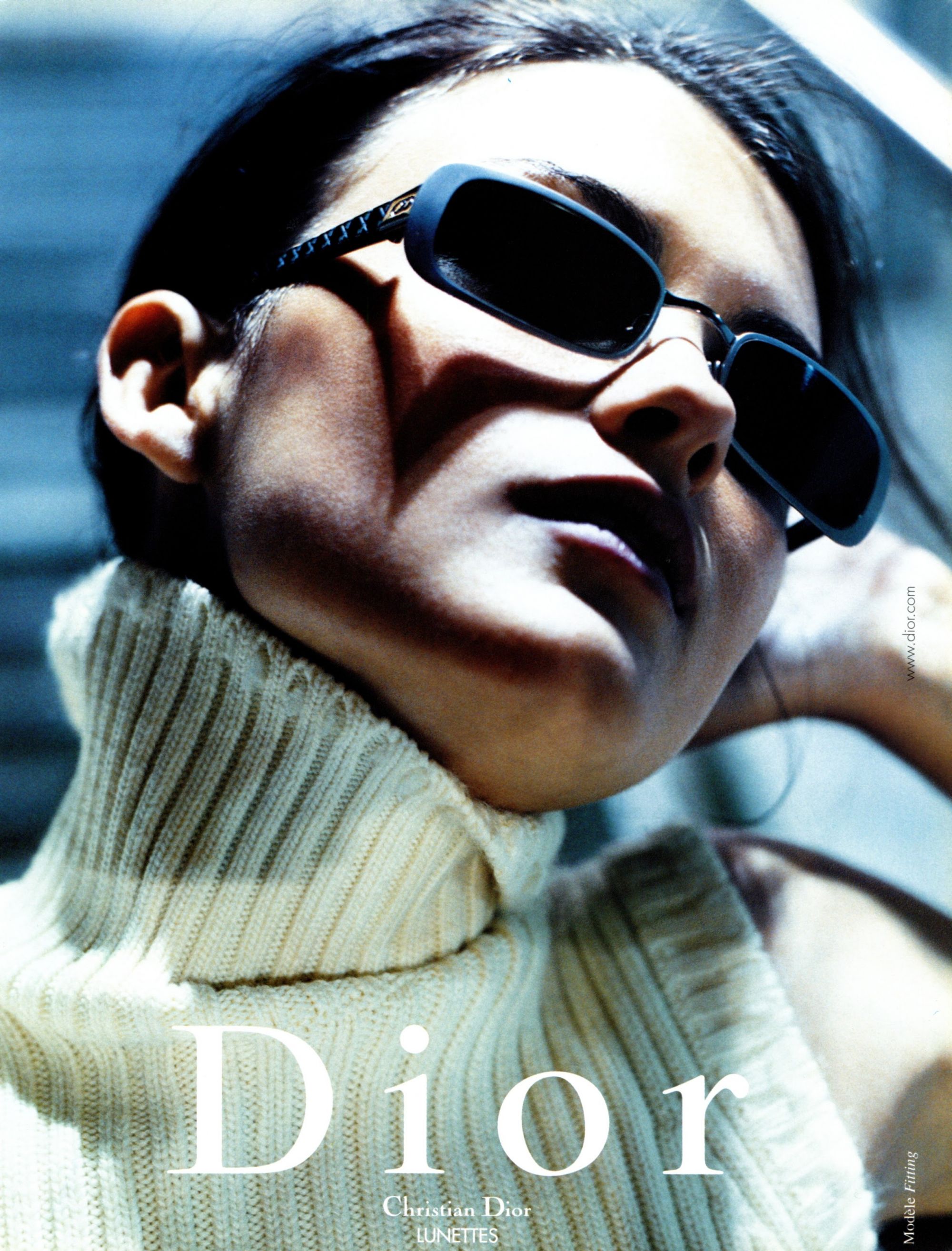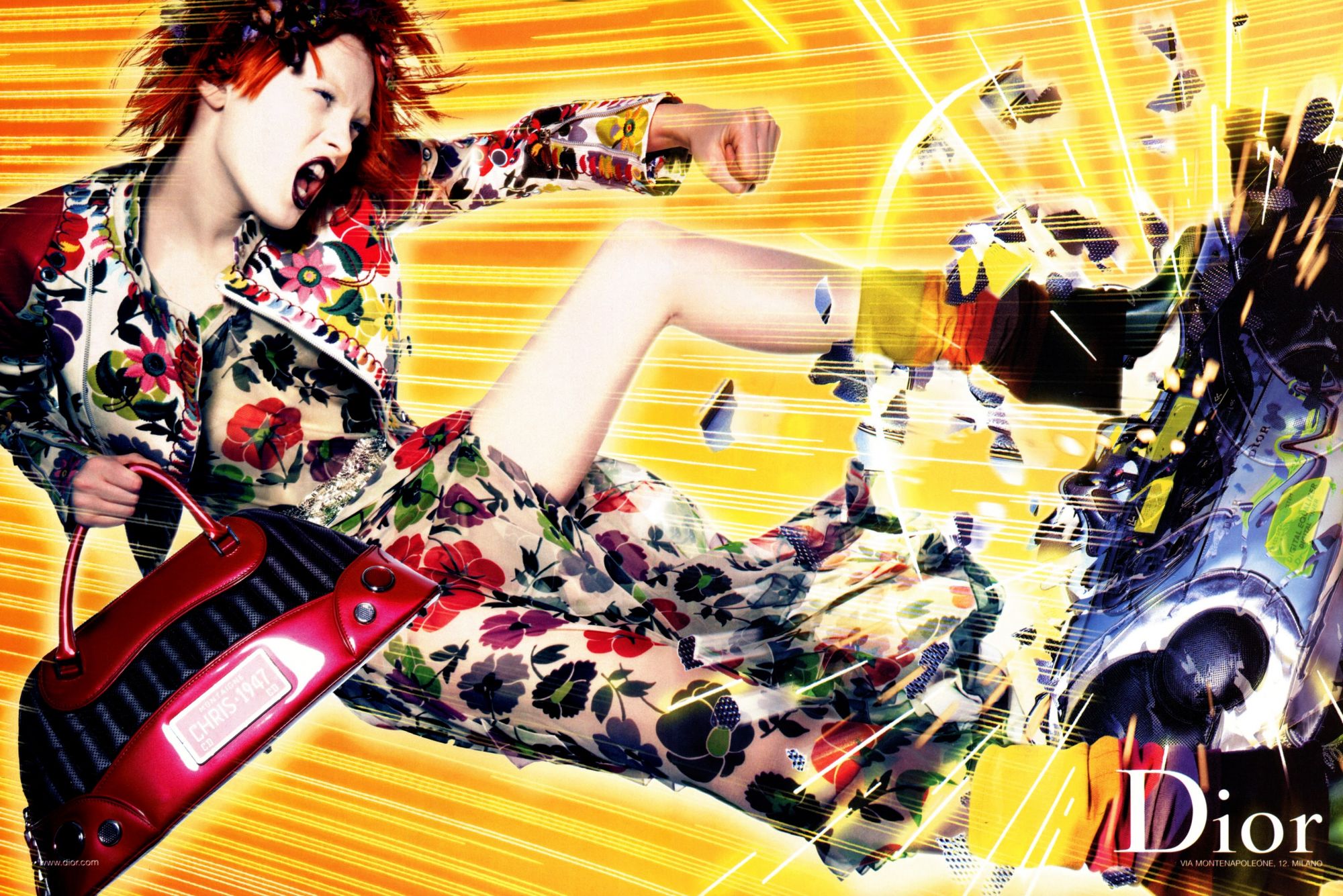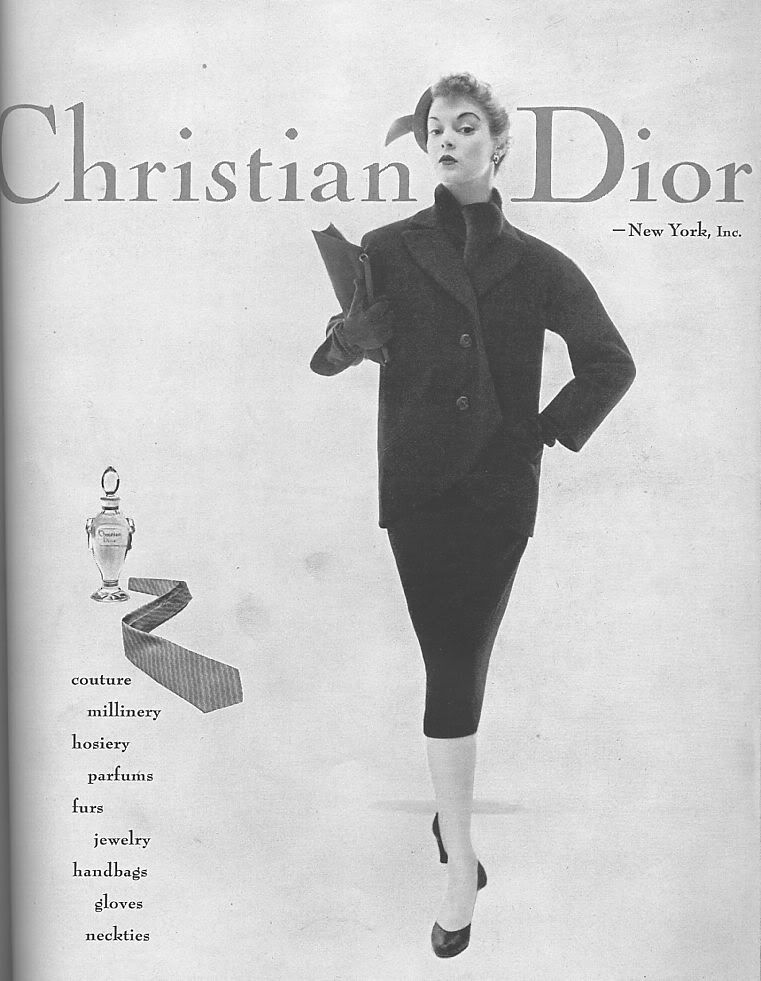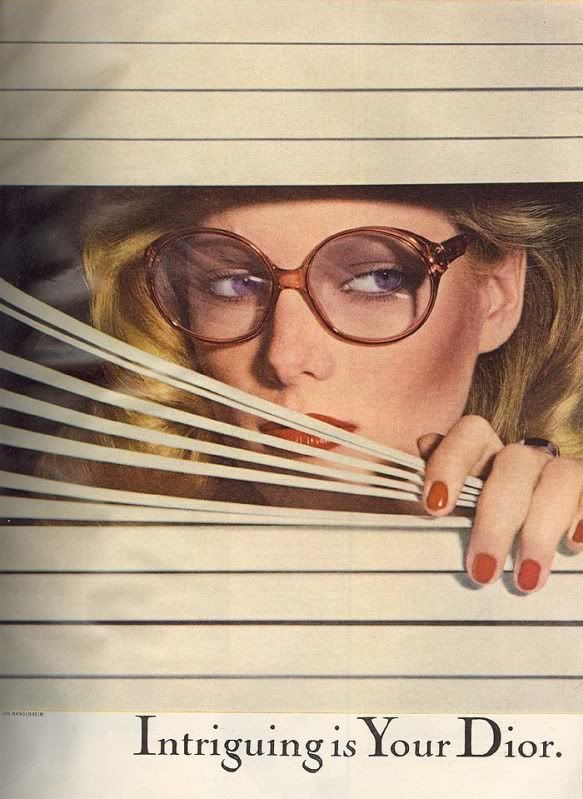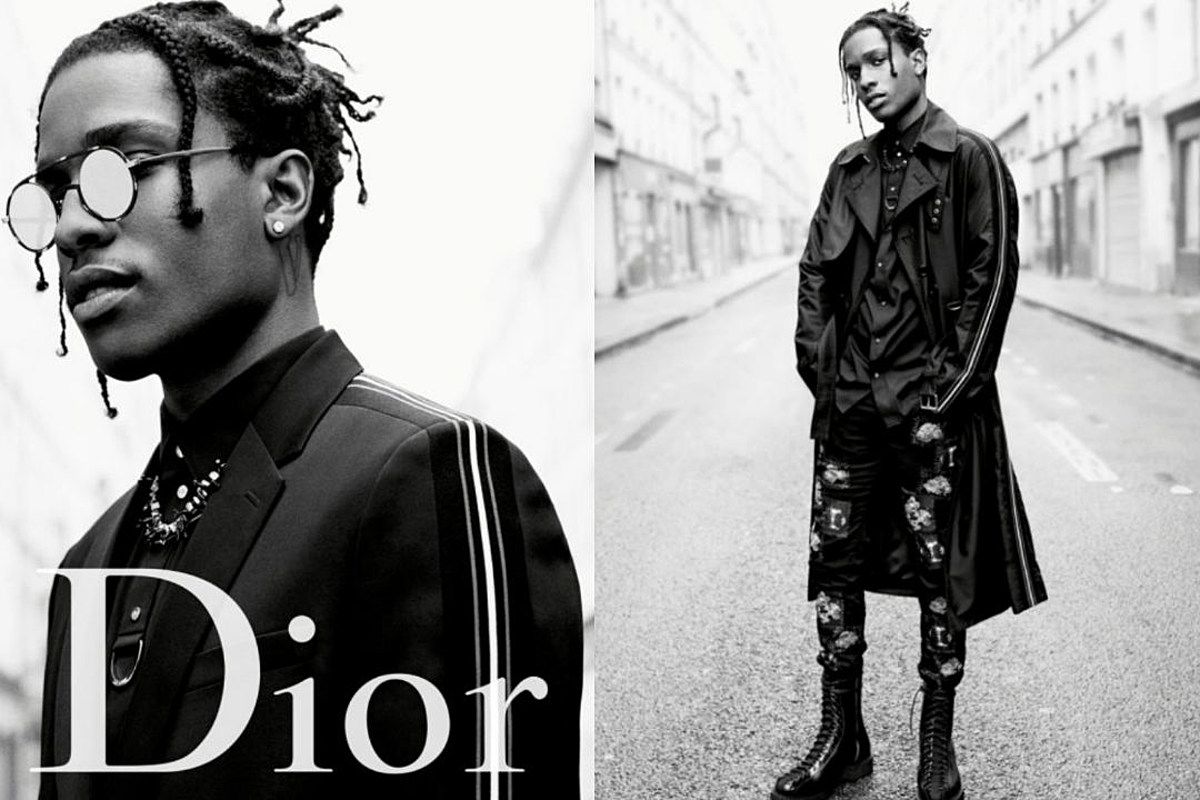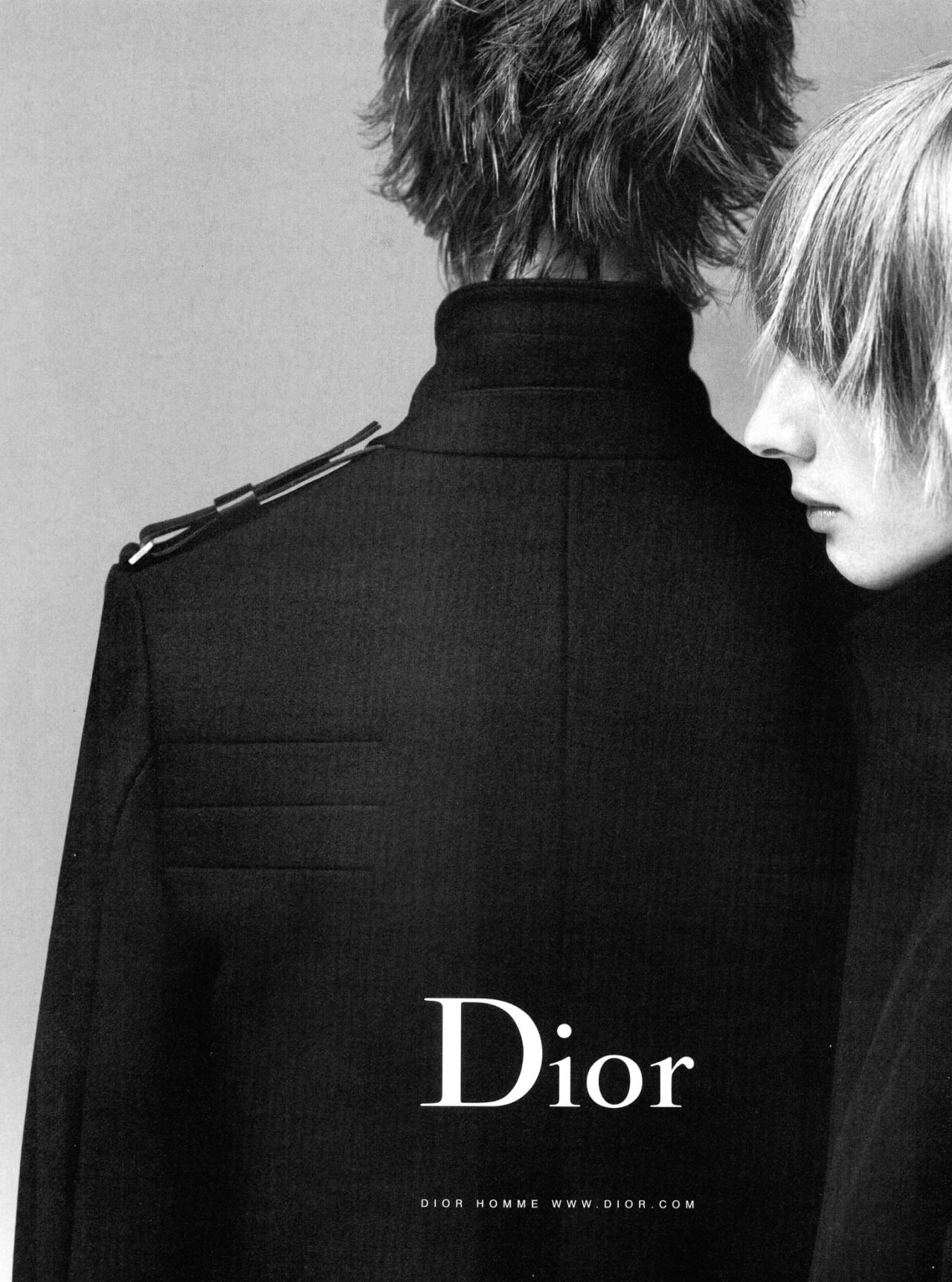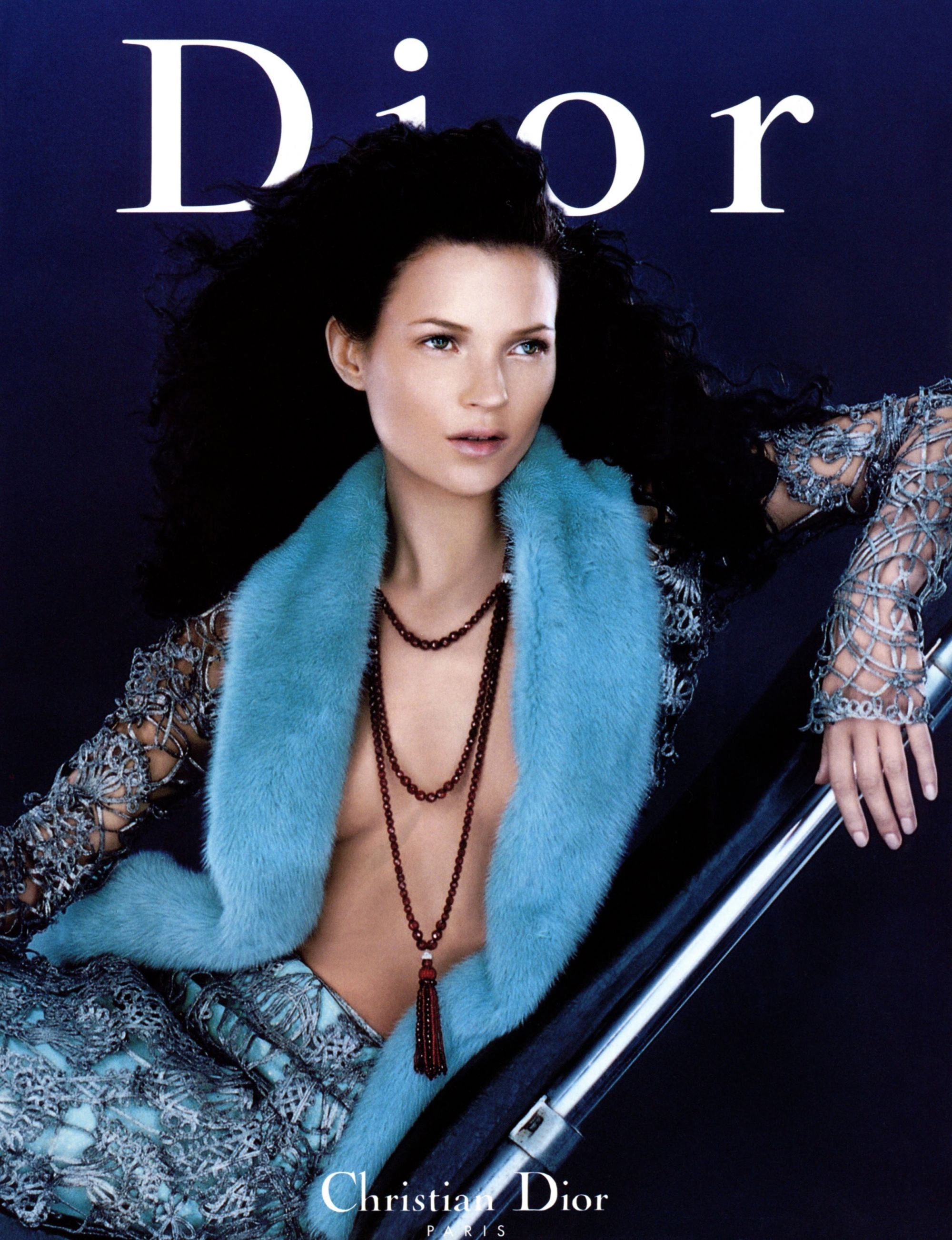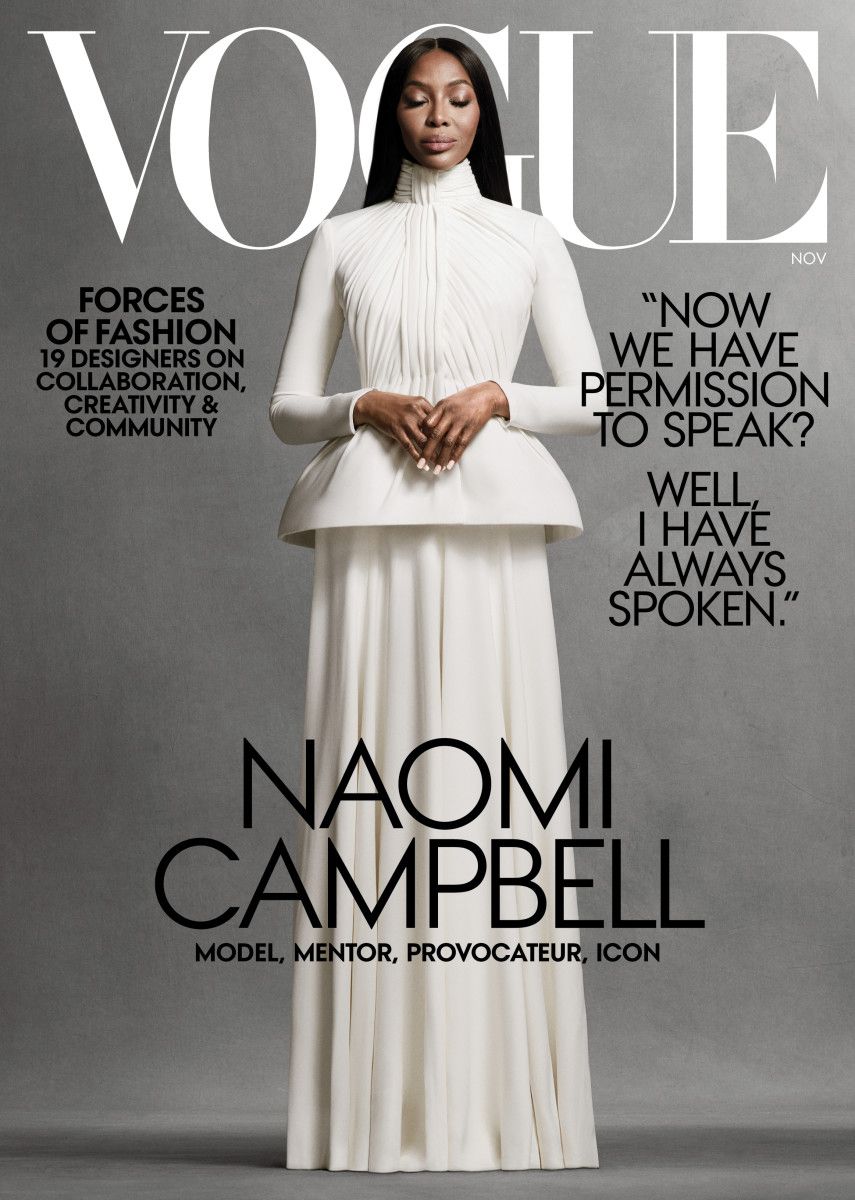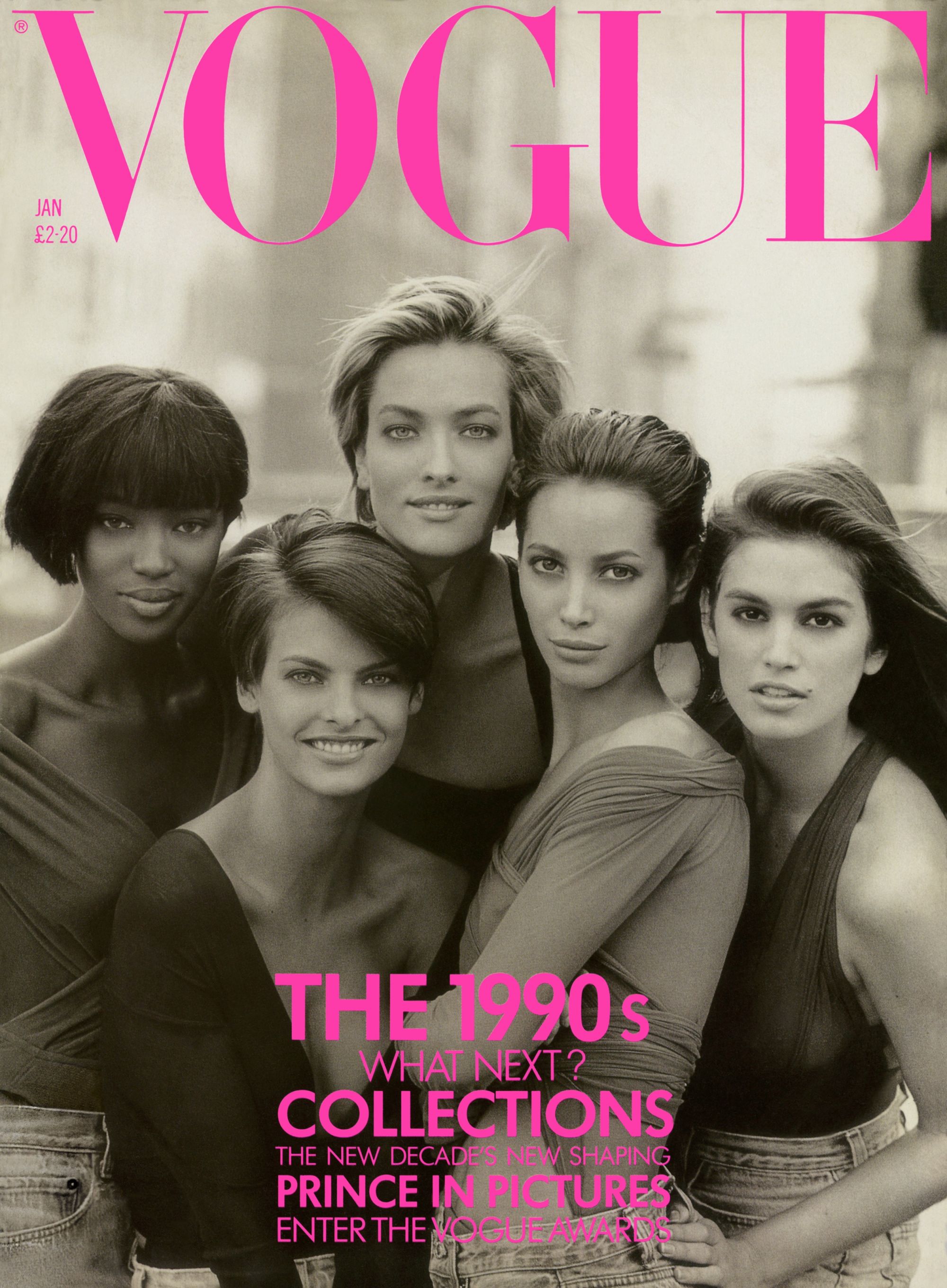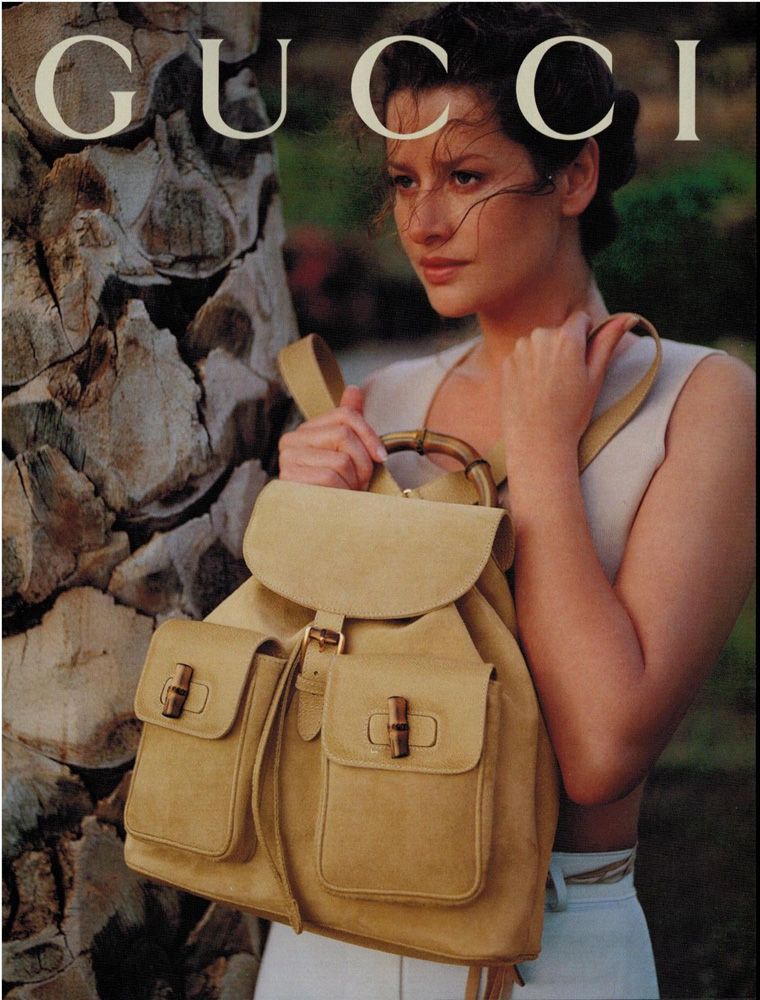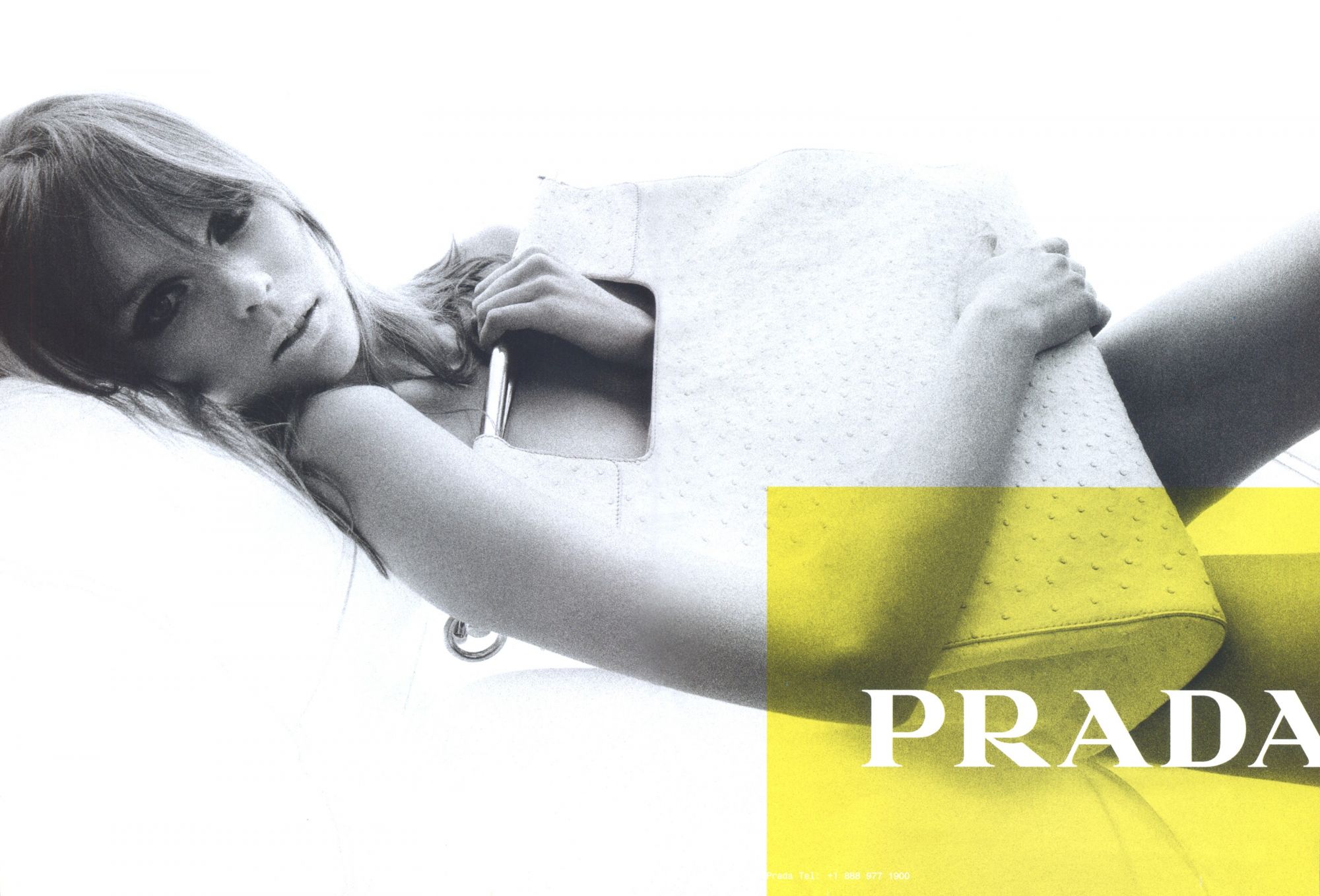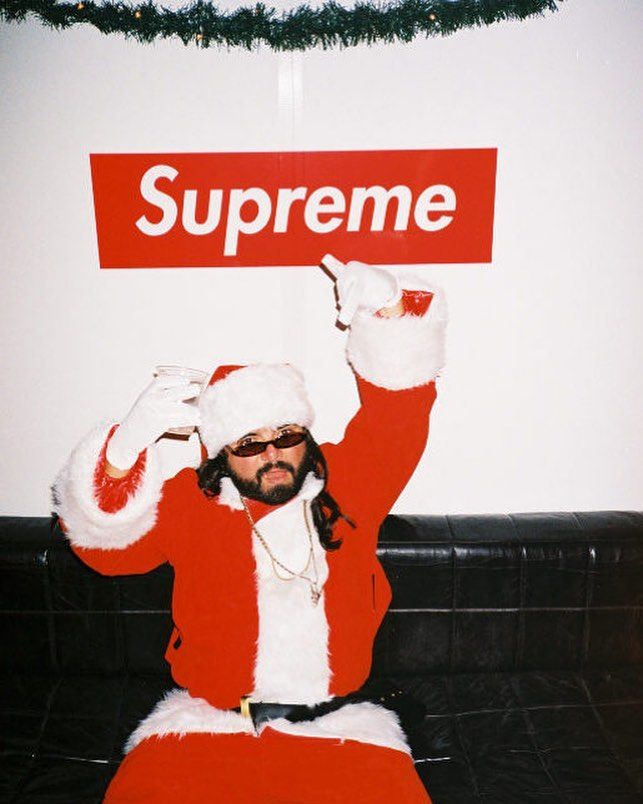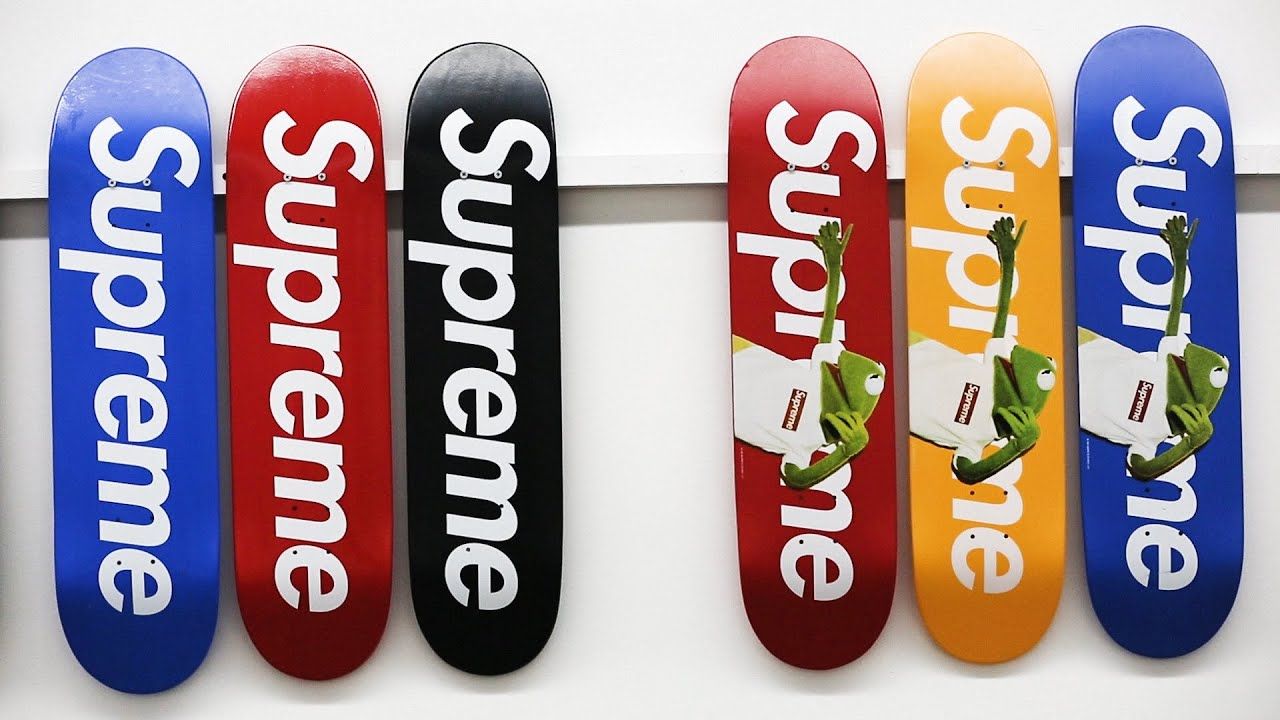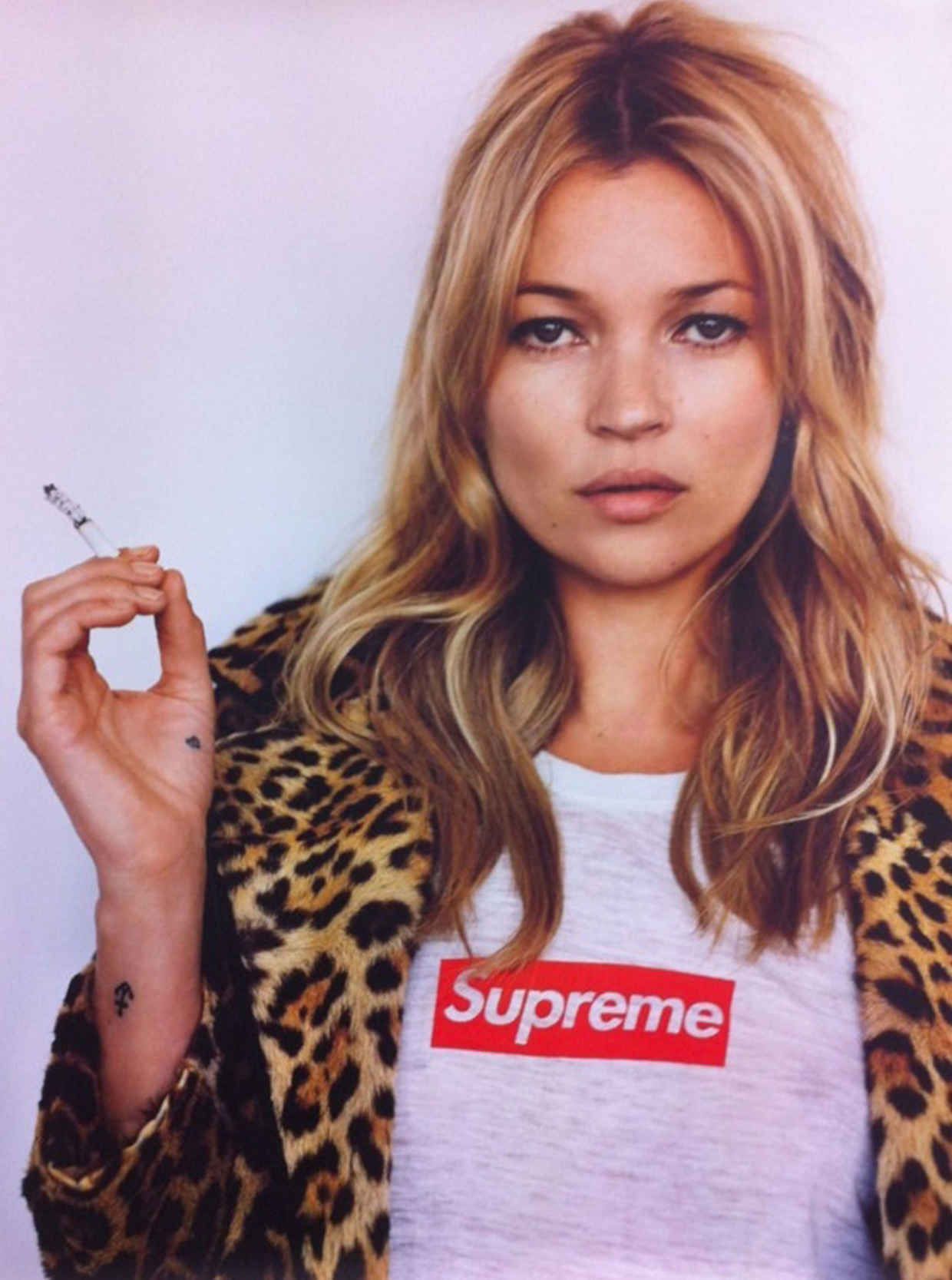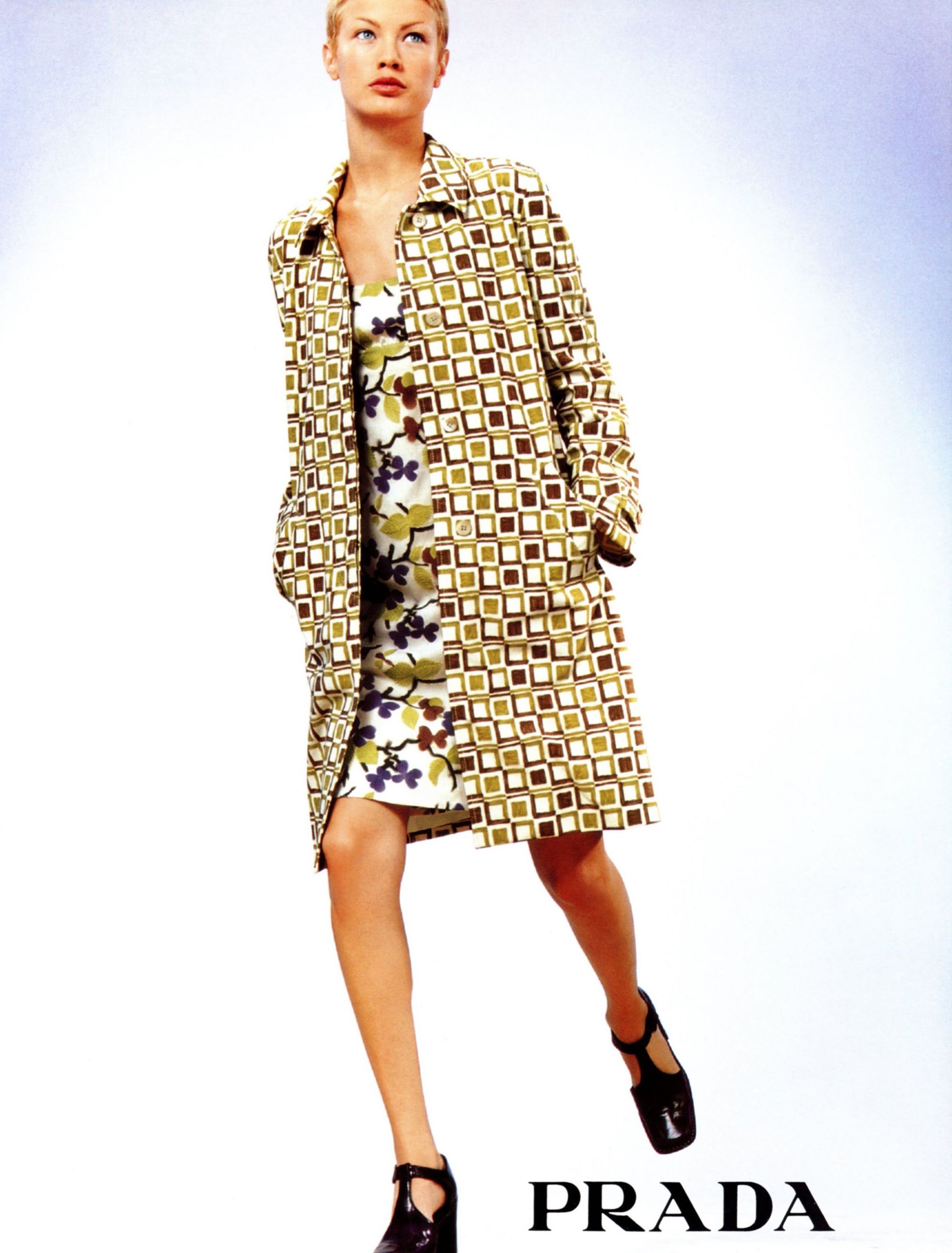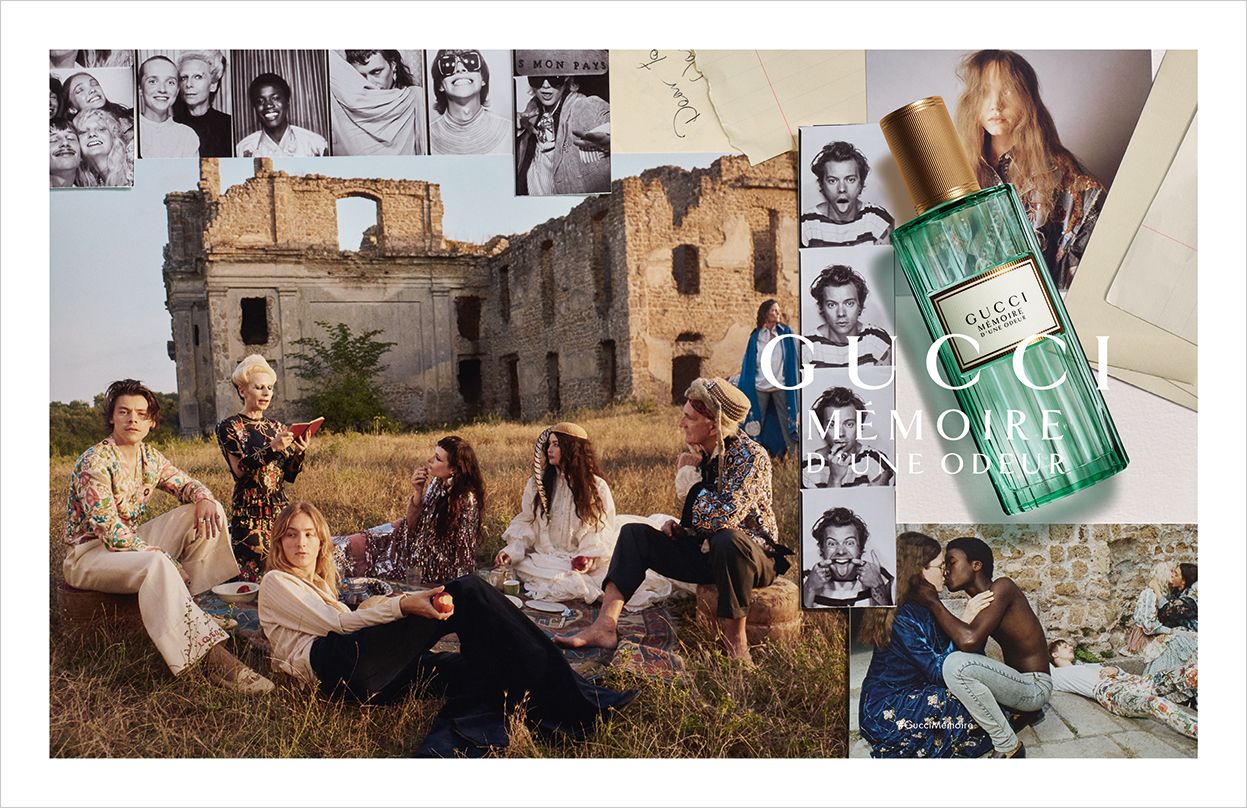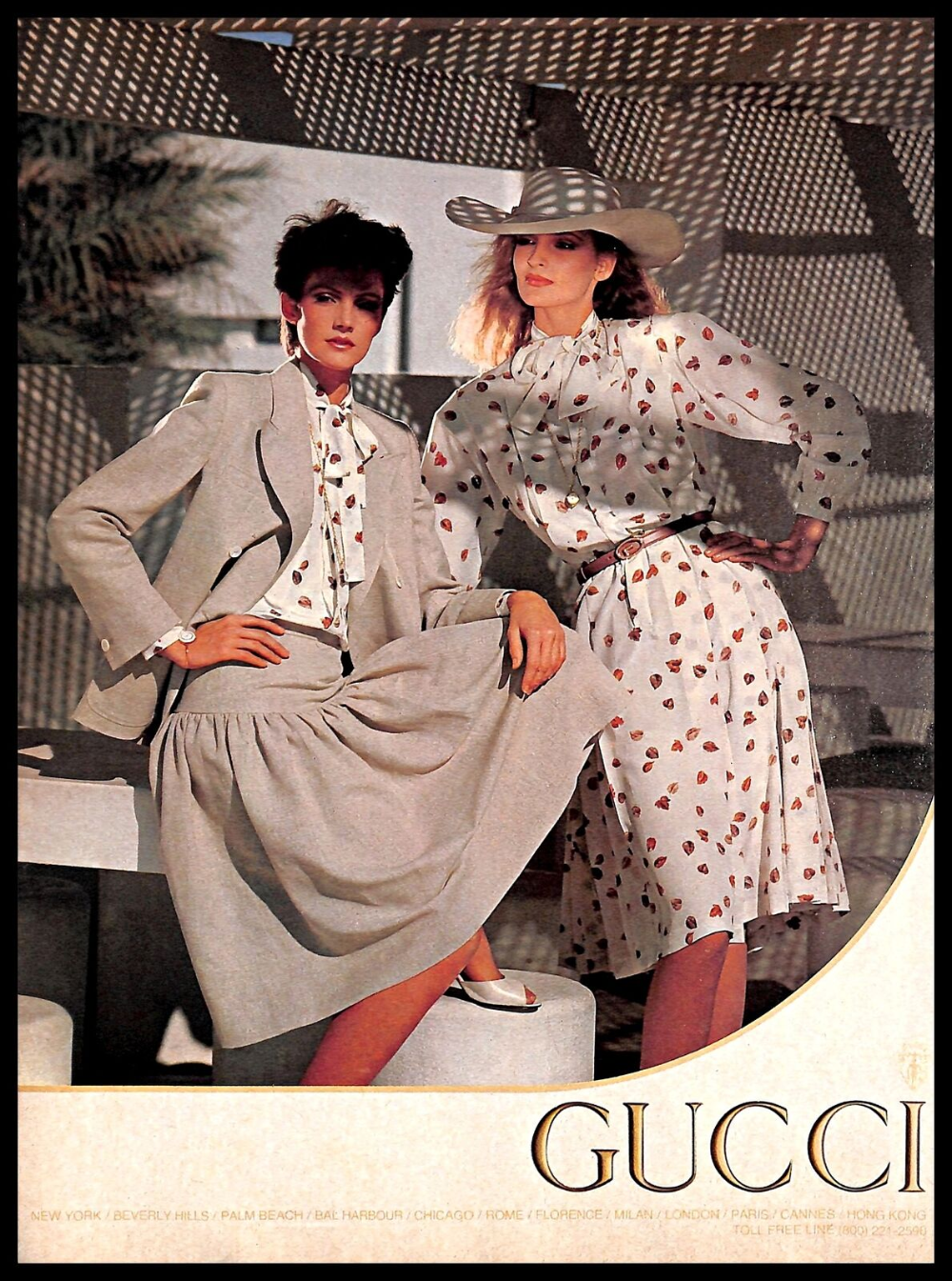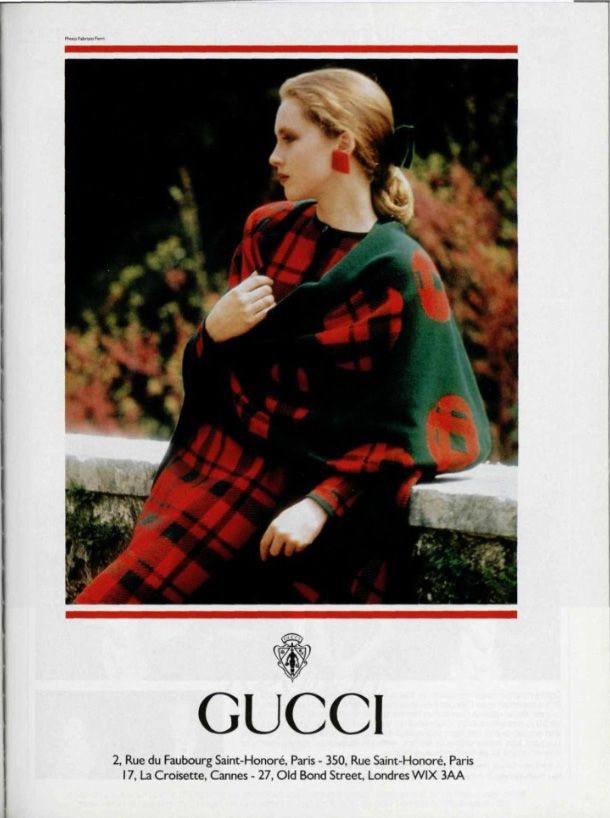
The 5 most iconic fonts in the fashion world To sell luxury, you need the right character
Typography is largely abstract art. Articulated on the typographic point as music is on notes, its history is almost as vast as its expressive possibilities. And the part of the logo of a brand that includes its name, technically called "logotype", has the task of visually shortening its entire aesthetic. For this reason, changes of logos and fonts for brands happen very rarely and, if they happen, they must be as well-thought as possible.
Here are the five most iconic fonts in fashion according to the editorial staff of nss magazine.
Prada's modern serif
Prada's logotype is a "modern serif", a very broad definition in reality, as serif indicates all characters with elongation at the end of the letters. Prada boasts actually a unique font, which has remained substantially unchanged since the official logo of the brand was established already a few years after the inauguration of the original Prada store, in the Galleria Vittorio Emanuele in Milan, which still retains the original "Fratelli Prada" sign with handwriting that would not be used for decades.
Dior's Cochin
One of the simplest and most memorable logos ever, updated perhaps three times during the entire history of the brand (once it bore the name of the founder in full, while today there is an all-capital version), the Font of Dior belongs to the Cochin family, created in 1912 inspired by the copper engravings of the homonymous artist French. The font became famous around the 1920s, for its delicate and feminine appearance and it is no coincidence that Christian Dior chose it to sign his creations.
Gucci's Granjon
Although in its most recent version the characters have lost their final elongation, the font used for the Gucci logo is a Granjon Roman, inspired in turn by Garamond, but more round. It is a type of character that expresses a certain authority, classicism – after all, the foundations for it were laid in the 1500s. The font has been thinning and "softening" over the years gaining in personality and becoming more hybrid and light, but always incisive.
Vogue Magazine's Didone
You don't become the most famous fashion publication in the world without a title that lives up to it. Vogue Magazine, founded in 1892, already featured on the first cover a still archaic version of what would later become its official font, stabilized since the 1950s, the so-called Didone. It is actually a slightly modified version that varied in thickness and body difference over the years but remained fixed for the magazine. The character was chosen for its clean, classic and authoritative appearance (that of the titles of books and important treatises) but with a very modern feel given by the contrast between thin and thick lettering.
Supreme's Futura Bold Italic
The Futura font was invented in 1927, in Germany, by Paul Renner. It was an incredibly modern character for the times, with very geometric versions, and was sold and used everywhere in the following years until it arrived on the Apollo 11 dashboard and in Kubrick's films. It was in the 80s that artist Barbara Kruger used a bold and cursive version for her subversive works – later becoming an icon of the New York art scene, which was then borrowed by James Jebbia (with Kruger's more or less tacit approval) for his brand, which with the artist shared the irreverent approach towards the dominant culture.










































